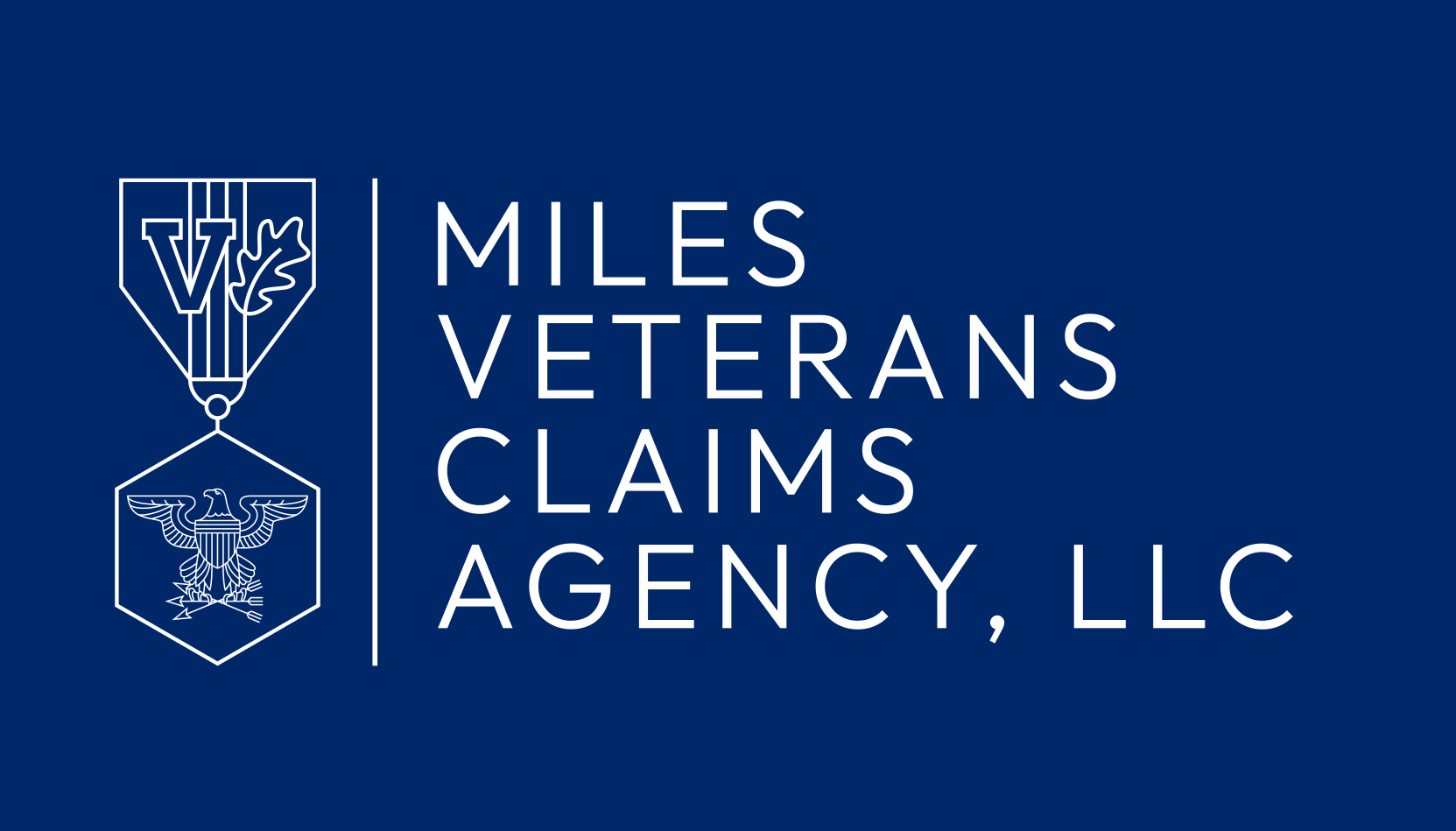VA claims can be really complicated. Thousands of pages of regulations. Lots of headaches. But there are steps you can take to make it easier and quicker to get to the right answer with your claim. Here are ten tips on how to make you claim successful.
- Each issue is separate. Make sure you understand that when VA rates your claim, they generally aren’t looking at you as an overall human being. Instead, they are deciding each “issue” separately. The left ankle is different than the right ankle, even if you have the same symptoms of the same condition on each (there are exceptions to this).
- Get a copy of your C-File. If you’ve ever filed a VA claim, then VA has a file on you called the “C-File.” That document contains every document that the Veterans Benefits Administration uses to process your VA claim. You can get a copy by filing VA Form 10206. It’s important to know what’s in your C-File – and what isn’t.
- Know the different between the Veterans Benefits Administration (VBA) and the Veterans Health Administration (VHA). VHA operates hospitals and clinics and their job is to make sure veterans get the health care they need. VBA, on the other hand, has the job of processing benefits claims. The two entities don’t always talk with each other and don’t always have access to the same data.
- The “Caluza Triangle.” Make sure you understand what are the three things every VA claim must prove – current condition, an event in service, and the nexus between them. See “The basics of VA Service Connection” for more information.
- Make a plan for each issue. I keep a spreadsheet for each client, where I track: the health condition. Do we have diagnosis/current condition, event in service and nexus? Have a filed for this issue in the past and if so, what is the current status? By tracking each issue separately, it helps keep clear track of what is happening with the claim.
- Notes. For each condition, write down clear notes about what the condition is and how it effects your daily life. It’s important to communicate with VA what it’s like during flareups … when things are at their worst.
- Know how your condition is rated. For each condition, find out the VA Diagnostic Code and look up how it is rated. Start by getting the diagnostic code (for instance, if you Google “VA Diagnostic Code IBS” the first answer will tell you the diagnostic code is 7319. You can then get the rating criteria by Googling “VA Schedule of Ratings 7319”. This will give you a decent idea, based on your conditions, where your rating might land. It will also tell you clearly if you end up under-rated when you claim is decided.
- Consider all health issues—even the ones without an obvious link to service. Let’s say, for example, you suffer from service-connected PTSD, shoulder impingement and erectile dysfunction. The ED is not service connected. It’s worth asking, however, how your PTSD effects it. Are you taking antidepressant medications that can cause ED? If so, then the erectile disfunction can be service connected secondary to the PTSD.
- Don’t submit appeals without a strategy. Something I see all the time in various Facebook groups for veterans. One vet posts something like “My claim got denied, what should I do?” With no more information than that, other people respond, “Get a buddy statement. File an HLR. File a supplemental. Pay thousands of dollars for a nexus.” None of those responses make any sense without knowing exactly why the claim was denied. The reason it was denied will be in the rating decision that you get in the mail, and in almost all cases it ties back to the three things you have to prove for every VA claim.
- Make it easy for the rater to grant your claim. Keep your claim organized and when you submit a new claim, include a separate statement for each issue on that claim. Because each issue is processed separately, it makes it easier on the rater if you claim is organized and each issue is treated separely. A separate one page statement describing your foot pain, for example, is a lot easier to understand and work with then a 20 page statement describing a lot of different health issues. Make it easier for the rater to find and understand the information they need to grant your claim.
Finally, if you can do it, get a good representative. If it’s your initial claim you can work with any county veterans service officer or service officer from DAV, American Legion, VFW and others. They’re free, and can help guide you through pitfalls that can break your claim.

